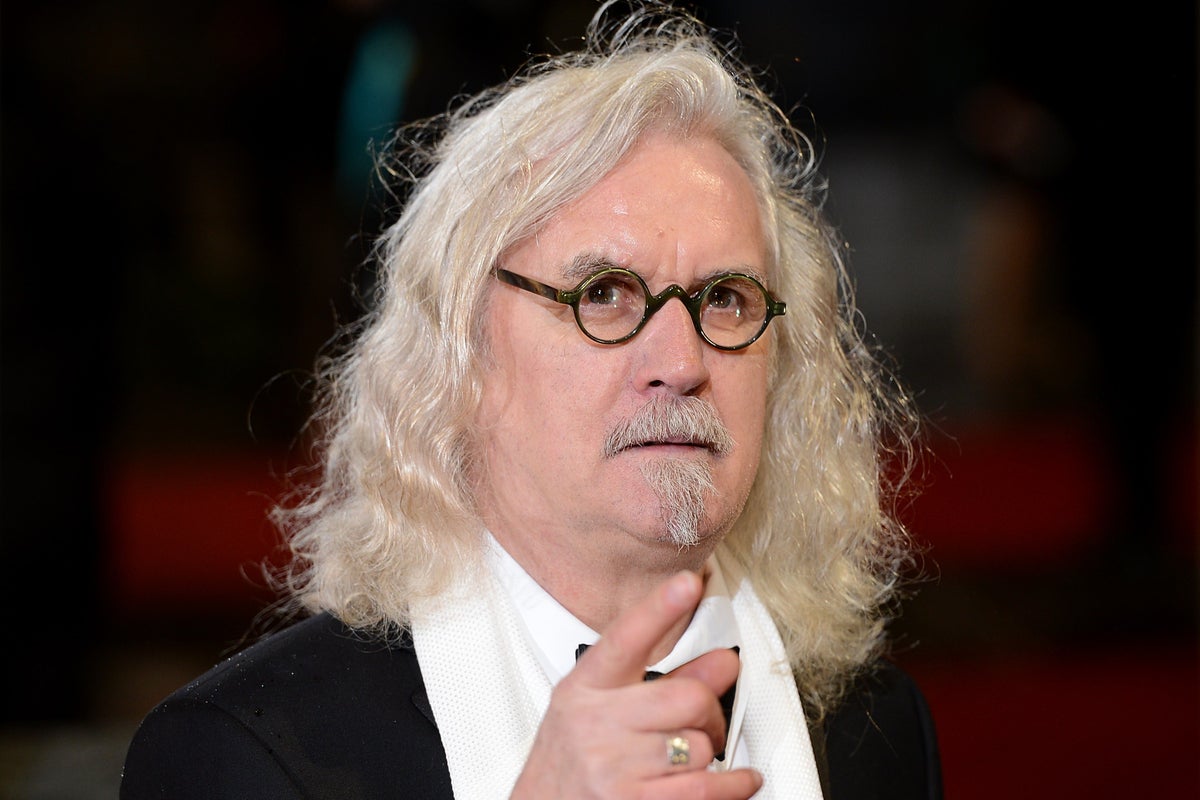
Parkinson’s disease is the world’s second most common neurodegenerative disorder, behind Alzheimer’s disease.
While it’s unknown exactly why people develop the condition, according to Parkinson’s UK, experts believe its a combination of genetic and environmental factors that contribute to the damage of nerve cells in the brain.
So what are the symptoms of Parkinson’s disease and how can it be treated? Here’s everything you need to know.
What is Parkinson’s disease?
Parkinson’s disease is a degenerative neurological condition.
This means that over time the brain of an individual living with the disease becomes more damaged, the NHS explains.
A person living with Parkinson’s disease doesn’t have enough of the chemical dopamine in their brain, the Parkinson’s Foundation states.
Dopamine is responsible for transmitting signals between nerve cells in the brain.
When an individual experiences a loss of nerve cells in the brain, this causes a reduction in the quantity of dopamine in the brain.
What are the symptoms?
The main symptoms of Parkinson’s disease include involuntary shaking (otherwise known as tremors), movement that’s slower than usual and stiffness in the muscles, the NHS outlines.
Other symptoms may include difficulty balancing, nerve pain, incontinence, insomnia, excessive sweating, depression and anxiety.
For more information about the symptoms of Parkinson’s disease, visit the NHS here.
How many people does it affect?
Around 145,000 people in the UK are affected by Parkinson’s disease, Parkinson’s UK explains.
This means that around one in every 350 adults is living with the degenerative condition.
According to the NHS, symptoms of Parkinson’s usually develop after the age of 50.
Health news in pictures
Show all 40However, for every one in 20 people affected by the disease, symptoms may appear when they’re under the age of 40.
The Parkinson’s Foundation outlines that men are 1.5 more likely than women to be affected by the condition.
High-profile individuals to have been diagnosed with Parkinson’s include former US president George H. W. Bush, Back to the Future star Michael J. Fox and The Chase star Paul Sinha.
How can it be treated?
While there is no known cure for Parkinson’s disease, symptoms may be controlled through treatment.
The most common form of treatment used for the condition is medication, Parkinson’s UK states.
“Drug treatments aim to increase the level of dopamine that reaches the brain and stimulate the parts of the brain where dopamine works,” the charity explains.
The medication used to treat Parkinson’s disease varies according to each patient.
This is because as symptoms of the disorder progress, the drugs used to treat the condition may need to be changed.
While drug treatment may help to manage Parkinson’s symptoms, it cannot slow the progression of the disease.
The NHS explains that those living with Parkinson’s disease may also undergo physiotherapy, occupational therapy, and, in rare cases, brain surgery to treat the condition.
For more information about Parkinson’s disease, visit Parkinson’s UK.







